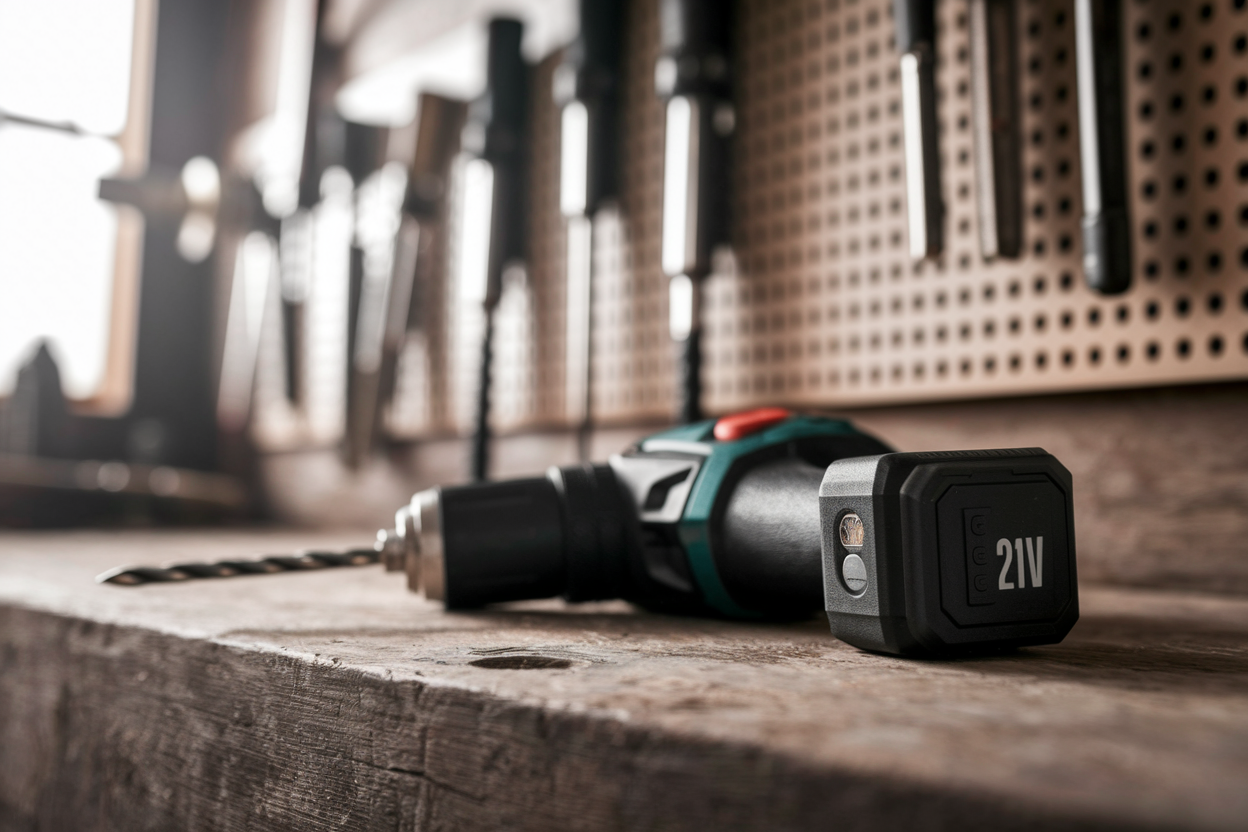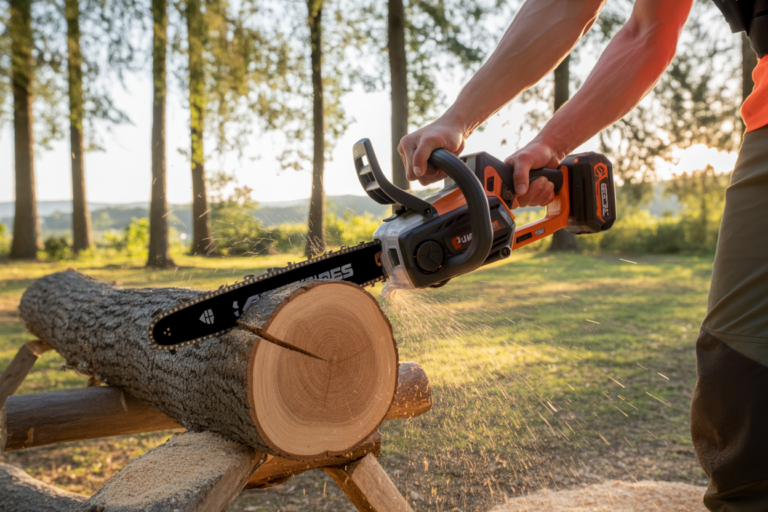
What Does 21V Mean on a Cordless Drill – And How Does It Affect Performance?
When I first saw "21V" on a cordless drill1, I wondered, “Is higher voltage really better?” Like many buyers, I’ve since learned—it’s not just about numbers, but understanding what’s behind them.
The "21V" on a cordless drill refers to the battery’s peak voltage when fully charged. While often marketed as more powerful, performance depends on how the voltage interacts with torque, motor type, and battery quality.
Let’s break it down and help you decide if 21V is the best choice for your needs.
🔋 What Voltage Is Best for a Cordless Drill?
Choosing voltage is like choosing coffee strength—personal, yet impactful.
Most homeowners find 12V–20V drills suitable. For construction, renovation, or trade work, 20V or 21V models deliver superior torque, runtime, and durability.

Here's a quick comparison:
| Voltage | Best Use |
|---|---|
| 12V | Home repairs, furniture assembly |
| 18-21V | DIY projects, construction, light trades |
| 24V+ | Industrial, commercial, heavy-duty work |
👉 Tip: Voltage is only meaningful when combined with torque and motor quality.
⚙️ How Does Voltage Affect Drill Performance?
Higher voltage means more electrical potential—translating into higher torque, faster RPMs, and longer run-times under load.
Let me share a story: I once shipped low-voltage drills to a client who wanted a cheaper option. The result? Overheating, weak torque, and customer complaints. Since then, we only recommend drills with proper voltage and tested torque output.
| Feature | Impact of Higher Voltage |
|---|---|
| Torque | Stronger rotational force for dense materials |
| Speed | Higher RPM = faster drilling/screwing |
| Runtime | Longer use per charge = less downtime |
✅ More voltage = more muscle. But it must be backed by battery and motor quality.
🔎 How Do I Know If My Cordless Drill Is Powerful?
Powerful cordless drills usually offer at least 18V, 40Nm+ torque, and 1500+ variable RPM.
Here’s what to look for:
| Feature | Recommended Specs |
|---|---|
| Voltage | 18V–21V |
| Torque | 40Nm+ (350 in-lbs+) |
| RPM | 0–1500+ (preferably variable speed) |
If your drill hits these marks—and uses a brushless motor—you’re in strong territory.
🚀 What Makes a Cordless Drill Truly Powerful?
Not just voltage. True power comes from:
✅ Motor Type
- Brushless: Efficient, cool-running, long-lasting
- Brushed: Cheaper, but hotter and less durable
✅ Battery Cells
Use high-quality lithium-ion packs with stable output. Poor batteries result in voltage drops and poor torque.
✅ Circuit Design
Smart electronics = better power management under load.
I tested two drills—same voltage, different motors. The brushless model outperformed the brushed one in runtime, torque, and user experience. Lesson: specs aren't everything. Engineering matters.
🛠️ What's the Best Voltage for an Impact Drill?
For most buyers, 18V–21V impact drills offer the best balance of power and weight.
| Voltage | Best For |
|---|---|
| 12V | Occasional/light tasks |
| 18-21V | General construction, wood/metal work |
| 24V+ | Intensive professional environments |
Many of our Italian clients upgraded from 12V to 20V—you could literally feel the boost in torque. Sales rose, and customer returns dropped.
🔌 What’s the Difference Between 12V and 20V Drills?
At a glance, it seems like “just 8 volts”—but in real-world use, it's substantial.
| Feature | 12V Drill | 20V Drill |
|---|---|---|
| Torque | Low, for basic use | High, handles demanding tasks |
| Runtime | Shorter | Extended use |
| Weight | Lightweight | Heavier, but more durable |
| Price | Cheaper | Slightly higher, better value |
| Ideal User | Beginners, casual DIYers | Professionals, frequent users |
I started with 12V for furniture work. When I moved to heavier tasks, the 20V saved me time, frustration, and gave much better results.
📌 Conclusion: Is 21V Worth It?
If you're a B2B buyer or pro user, 21V cordless drills hit the sweet spot—powerful, long-lasting, and trusted across job sites.
But remember, voltage is just one piece. Look at:
- Torque rating
- Battery quality
- Motor type
- RPM and speed control
The right drill fits your tasks—not just your toolbox.
🧠 FAQs About Drill Voltage and Power
What does 21V mean on a cordless drill?
21V refers to the battery's peak voltage when fully charged. It’s often marketed as “20V MAX” in the U.S., offering higher torque and speed.
Is 21V better than 18V?
Technically yes—but the difference is often marginal. Focus on torque and motor type, not just voltage numbers.
Can I use 21V batteries on 18V drills?
Only if the brand supports cross-compatibility. Never force incompatible packs.
Will higher voltage damage the drill?
If the voltage exceeds the tool’s rated input, yes. Always use matched battery packs.
-
Read more about essential features in a cordless drill: What Are Key Features of Cordless Drills? ↩







